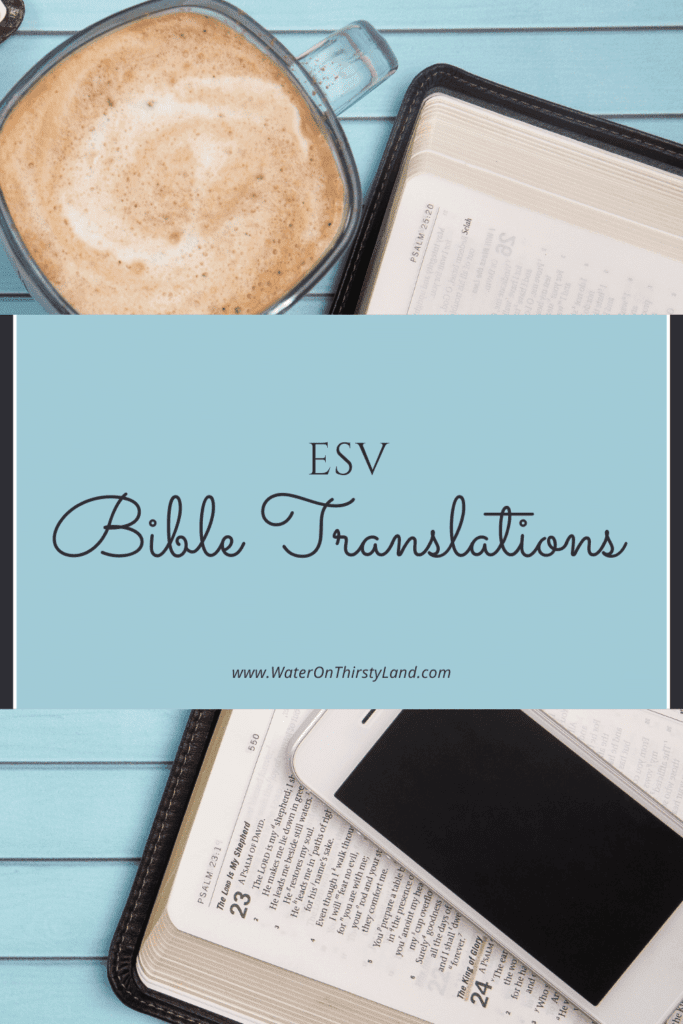What type of translation is ESV?
The Bible has been translated and revised many times in English. The goal of ESV is to provide an English Bible that corresponds with changes in culture, the English language, definitions, and writing styles. Most importantly, it focuses on keeping up with the increased knowledge of the original texts and relevant cultures to improve the accuracy of the English translation.
The English Standard Version is a word-for-word or literal translation that follows the same translation philosophies of the KJV and ASV while taking into consideration differences between the original languages and English.
What is the English Standard Version (ESV) Bible translation?
The English Standard Version was published in 2001. The translators used KJV, ASV, RSV, RV, and Tyndale’s NT. They also heavily cross-referenced against the original Hebrew, Greek, and Aramaic to help ensure accuracy and clarity. The translators also wanted to avoid any over-translating or overlooking of any variations.
Sentences, punctuation, and paragraphing were translated so that they flow well in English. The repetitiveness of words like “and”, “but” and “for” were kept intact to avoid diminishing the flow of the scriptures. In areas where gender is specified in the original languages, ESV captures those instances. Previous losses of gender specification were corrected, and specifications, where the original texts did not indicate gender, were removed.
Why was the ESV translated?
Crossway, the copyright owners of the English Standard Version, state in the preface of the printed ESV Bible “faithfulness to the text and vigorous pursuit of accuracy were combined with simplicity, beauty, and dignity of expression.” Crossway wanted to update the language for the new modern-age reader while keeping to the accuracy and honoring the dignity of the well-loved and trusted translations before it.

Should I use the ESV translation?
The translators took great care in how they approached important terms such as names for God and naming Christ. Words that have completely different meanings now than they did when the original texts were written, capitalizations of deity pronouns, and the term “behold” were a focus for the translators.
The goal was to honor the original languages and meanings and translate them into the most accurate modern English. Accuracy and flow certainly seem to be the biggest focus with the ESV. This makes it a well-loved translation for its modern readability with accuracy and literalness.





